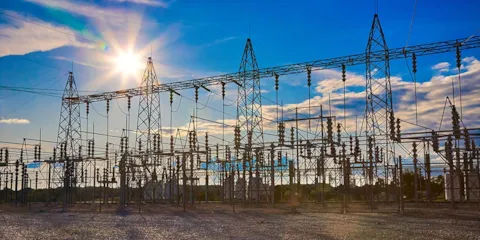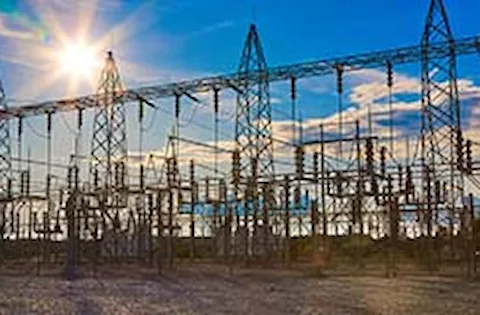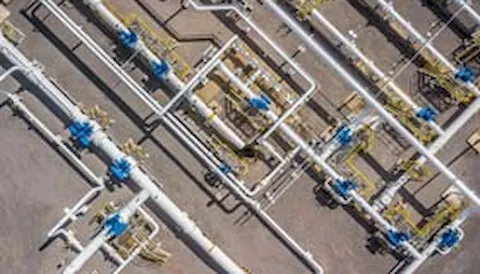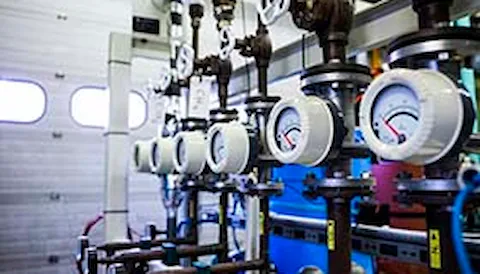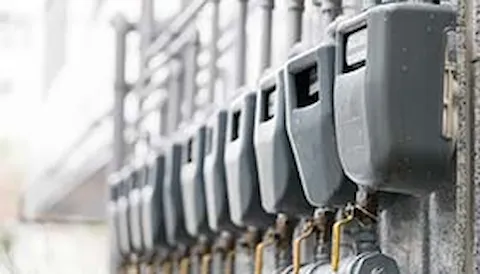Cascade supports North American Customers
Cascade software has been serving utilities for over 16 years
Calculations based on risk framework
A North American electricity transmission company using Cascade, the energy utility asset management software from DNV for technical asset management and predictive maintenance, has been relying on the software since 2004. Cascade enables the company to anticipate and avoid costly failures, maximize equipment lifetime in the most cost-effective way, manage compliance and optimize operations and assets.
The utility, a large transmission utility in North America, started using Cascade 2004, after having made the decision to consolidate all available information useful for making asset health determinations in one place. Cascade provides automatic Asset Health Index (AHI) results as data changes for equipment. The AHI is a measure of an asset’s health, where health is comprised of the asset’s condition and operational duty. Condition sub-factors include tap changer rating, annual tap changer operations, fluid quality rating, insulation PF rating and other factors. Operational sub-factors include average operating voltage, maximum MVA load, maximum fault level and top oil temperature. Cascade performs the calculations based on the company’s risk framework.
The Cascade Connect module (previously CARE) in Cascade monitors equipment fleet, detects anomalies and alerts regarding critical events and performance indicators. The ability to anticipate and avoid costly failures is an invaluable tool for technical asset managers. Cascade Connect allows users to be proactive in its approach to maintenance. The company has been alerted of upcoming challenges before customers are affected.
The company has integrated Cascade with SAP, TOA4, DobleWeb, Aspen, PI via Cascade Connect module and an in-house application. “Our biggest custom integration is between SAP and Cascade,” says a representative of the company. “This is comprised of three separate integrations. The first imports equipment records into Cascade, another exports work requests from Cascade into SAP and another updates Cascade with work order statuses along with counter readings and maintenance ratings.” He explains that the TOA4 interface imports transformer oil analysis results directly into Cascade reading fields and immediately updates transformer health scores. The Doble web interface imports power factor data and again feeds the information into the asset health calculations.
“We have an integration that imports fault level data from Aspen into Cascade,” he says. “We use the Cascade Connect module in Cascade to interface with PI historian and we have developed a number of algorithms to monitor and alert upon operational data like tap changer and circuit breaker operations, loading, operating voltage and so on. And lastly we have an interface to export the Asset Health Index into the lifecycle application,” he says. In 2007 the company created an asset risk framework for circuit breakers and lines using Cascade, due to a need for a more sustainable solution for asset investment planning. This had previously been done in a large number of spreadsheets which were difficult to manage. The risk framework was used to justify capital replacement selections in 2009 and 2010. The regulator approved of the transparent and quantitative nature of the Cascade risk assessment, so for the 2011-12 and 2013-14 capital replacement selections, the company developed risk assessments for transformers and 25kV busses.
Algorithms
“Cascade Connect algorithms is another main use of Cascade at our company,” says the representative. “We decided to focus on the algorithms with the most value, and these are the algorithms we have in place today. We have simple algorithms looking at system overvoltage, transformer overloading, daily tap changer and breaker operations as well as online monitor alarms. We also have some more complex algorithms that alert engineers when a breaker or tap changer is due for maintenance based on operations. And we have some algorithms that gather operational data for the use of calculating the Asset Health Index. These algorithms look at maximum transformer MVA, average equipment voltage and breaker and tap changer operations,” he says. “We’ve seen a reduction in the number of alarms seen by the control centre, and a general improvement in our risk management, prioritizations and the condition of the equipment.”
Other algorithm successes are breaker non-operations in two years, which alerts when a breaker has not operated in over two years. This allows engineers to schedule a breaker exercise. If a quick outage is not possible, they can still manage the risk. A similar algorithm looks for transformers that have not operated through neutral over one year. Alerts will be followed up with scheduling an operation through neutral. If a transformer is operating far away from neutral the risk can again be managed.
